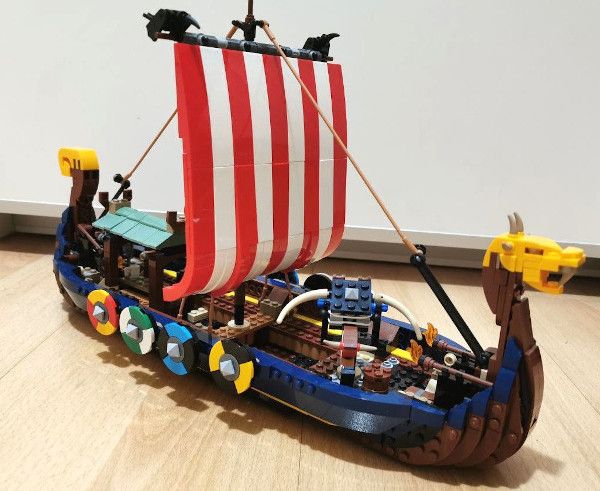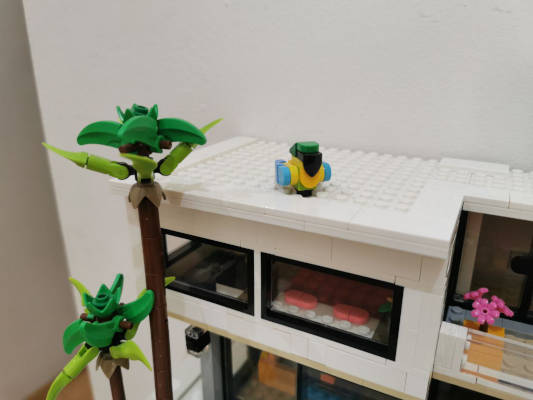-
yq: Extracting Objects from Kubernetes Manifests
1 min read

When working with Kubernetes manifests that contain multiple resources, you might need to extract specific objects out of a large document. The yq command-line tool provides powerful filtering capabilities to select and extract individual resources from multi-document YAML files.
In this post, we'll explore how to use yq's select function to do that.
23/06/2025
Read more... -
kubectl: Streaming Logs from Multiple Pods
2 min read

When troubleshooting applications in Kubernetes, you often need to monitor logs from multiple pods simultaneously. The kubectl logs command provides powerful options to stream logs from several pods at once using label selectors.
In this post, we'll explore how to use kubectl logs with the selector flag to monitor multiple pods in real-time.
15/05/2025
Read more... -
Installing Linkerd with Helm
6 min read

Linkerd is a service mesh that provides observability, reliability, and security for your Kubernetes applications. We can choose to install Linkerd using helm or it's linkerd CLI tool, which is a more hands-on way of achieving the same.
Since in the linkerd documentations is explicitly recommending to use helm for production environments, we are going to do exactly that.
19/03/2025
Read more... -
Argo Rollouts: Canary deployments
7 min read

A canary deployment is a technique to reduce the risk of introducing a new version of a software application in production by slowly rolling out the change to a small subset of users before rolling it out to the entire infrastructure. If any issue is detected on the "canary", the deployment can be stopped, and the rest of the users won't be affected. With Argo Rollouts, we can easily implement this strategy.
18/03/2025
Read more... -
Argo Rollouts: Blue-Green deployments
8 min read

Argo Rollouts is a Kubernetes controller and set of CRDs for progressive delivery. It can be used to orchestrate blue-green deployments, canary releases, and rollouts. We are going to take a look at how to use Argo Rollouts to perform a blue-green deployment.
17/03/2025
Read more...
Kubernetes:
container orchestration
